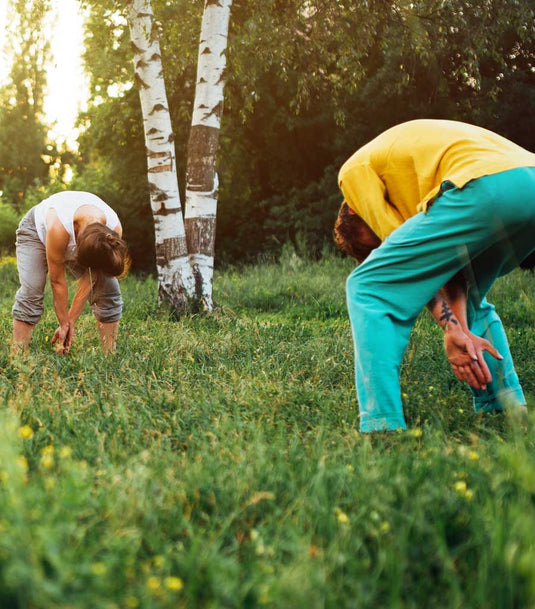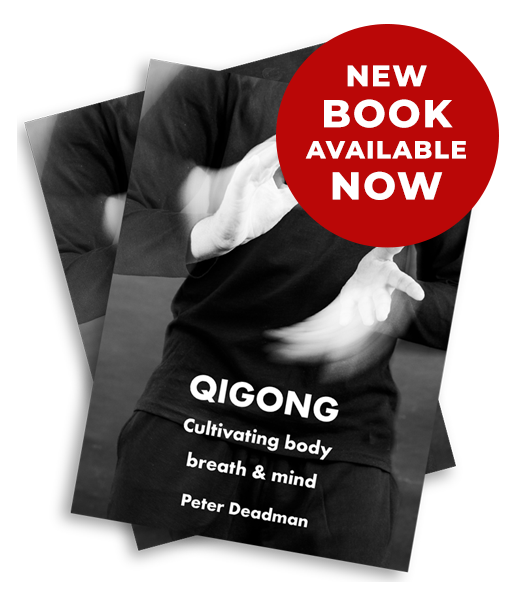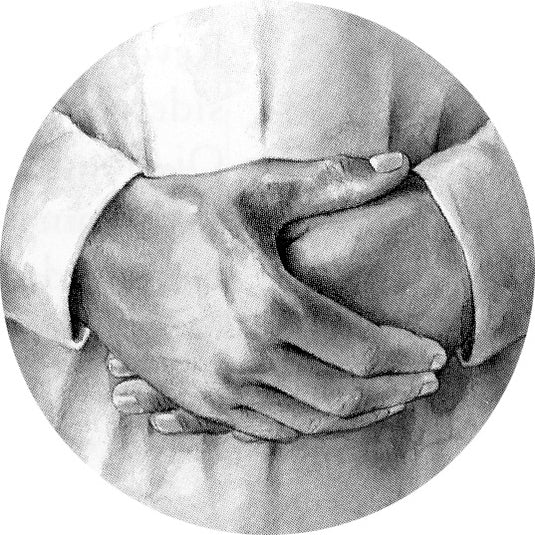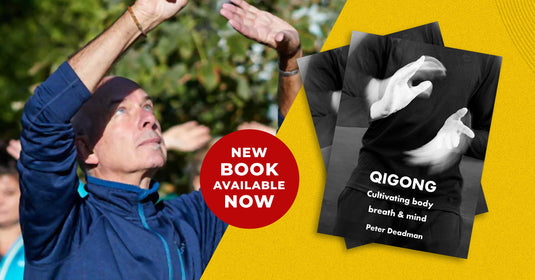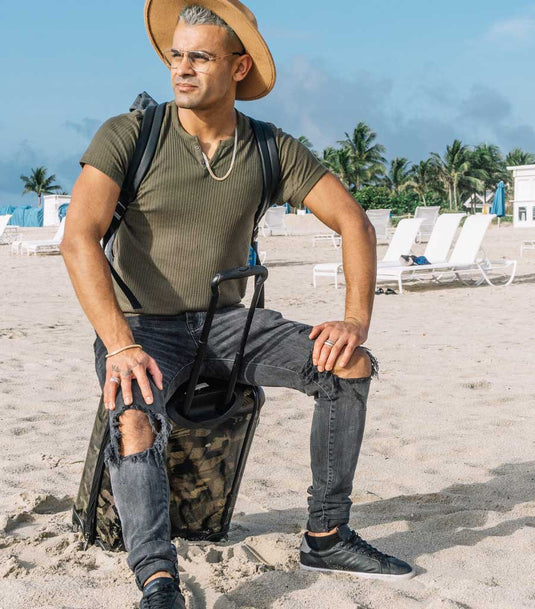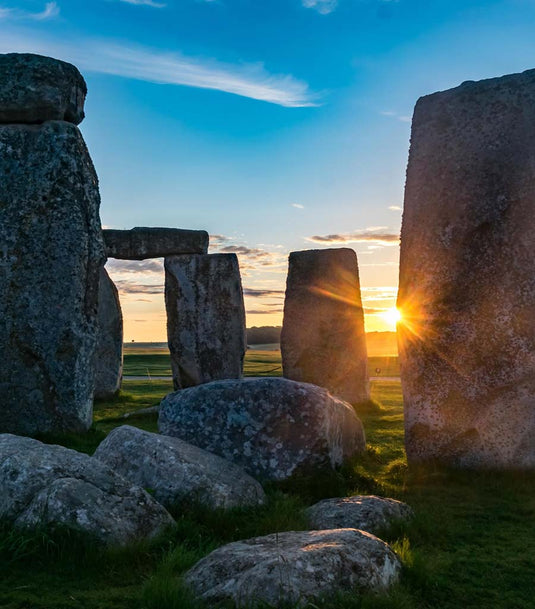I’ve been thinking and reading about movement quite a bit recently and one thing that keeps cropping up is the idea of natural movement.
In the Chinese internal arts (qigong and martial practices such as tai chi, bagua and xingyi) this has many resonances.
In these traditions, it is common to practise ‘simple’ core movements over and over again (usually slowly, mindfully and relaxedly and with focused awareness), to create better biomechanical alignments, greater fluidity and power, and whole body integration. These core movements are the building blocks of most of the natural movements humans have evolved to perform in daily life, and result from developmental stages in infancy. They are a bit like the basic alphabet from which the words and sentences of more complex and varied movements spring. For those of us who practise for health and wellbeing, cultivation of natural movement helps keep the body strong, balanced, flexible and free from injury. But it also, of course, explains how the internal martial arts got their name. They begin with training internal core movements which are refined and perfected before they are expressed more externally (for example pushing, striking and kicking). When young people take up martial arts, it is rare for them to have the patience to develop the building blocks in this way and they usually prefer more dramatic and more obvious fighting forms. Yet as they age, and perhaps get injured, internal practice makes more and more sense. It can be hard though, as they may have to unlearn unhelpful movement habits picked up in previous training. I recently heard that qigong and taichi-like exercises are becoming more popular in conventional fitness and sport circles as a response to injury and other problems arising from less sophisticated training.
One example of a core, natural movement is the squat. A full squat – common in Asian countries as an alternative to sitting – could be said to be dying out as a natural movement in chair-based cultures. But the essence of the squatting/rising movement – first a softening and folding, and then a lengthening through the inguinal region (kua or lower gate – see below), is the basis of numerous movements from walking to striking a tennis ball, jumping, rising from a chair and dancing. It is also – in the internal martial arts – the place where the most powerful movements emanate from. The inguinal region (called the kua) actually encompasses quite a large area including the inner thigh, hip, buttock, lower abdomen and lower lumbar, and an alternative name is the ‘lower gate’. Softness and elastic spring through the lower gate is an essential part of healthy natural movement, and I am personally convinced that it is supreme in maintaining hip joint and lower lumbar health.
Another example of natural movement is found in the way we lengthen through arms and legs without creating rigidity and tension by locking the elbow and knee joints. In traditional terms, the tightening that results from locking the joints obstructs free flow. And if we observe the way we move through our daily life – walking, running, sitting, doing manual labour etc. it’s very rare that we lock our joints in this way. Locking the knees when we are standing, for example, raises our centre of gravity and makes us less stable. From a martial perspective, locking elbow or knee joints also makes them more vulnerable to being damaged by an attacker.
Similarly, both in daily life and in internal practice, we rarely or ever extend movements to 100% of their capacity, for example stretching out our arms to their fullest extent. Again this tends to create tension and reduce fluidity and free flow.
 ‘Natural angles please’, as my principal qigong/internal practice teacher Roy Jenzen says. This usually means keeping harmoniously rounded postures throughout the body. A good example is when we ‘spread our wings’ in one of the many bird-inspired practices. If we raise our arms but then take the elbows backwards, we create jagged angles – the shoulder blades jut up to each other and stick out, and the smooth line that runs from one arm to the other through the upper back is abruptly broken by retracted shoulders. Similar natural rounded postures are seen in the stable arch formed by keeping the crotch area rounded in standing positions, in keeping the armpit open rather than jammed against the sides, keeping the shoulders relaxed and dropped rather than tightening and rising to the ears, and so on.
‘Natural angles please’, as my principal qigong/internal practice teacher Roy Jenzen says. This usually means keeping harmoniously rounded postures throughout the body. A good example is when we ‘spread our wings’ in one of the many bird-inspired practices. If we raise our arms but then take the elbows backwards, we create jagged angles – the shoulder blades jut up to each other and stick out, and the smooth line that runs from one arm to the other through the upper back is abruptly broken by retracted shoulders. Similar natural rounded postures are seen in the stable arch formed by keeping the crotch area rounded in standing positions, in keeping the armpit open rather than jammed against the sides, keeping the shoulders relaxed and dropped rather than tightening and rising to the ears, and so on.
One example of a core, natural movement is the squat. A full squat – common in Asian countries as an alternative to sitting – could be said to be dying out as a natural movement in chair-based cultures. But the essence of the squatting/rising movement – first a softening and folding, and then a lengthening through the inguinal region (kua or lower gate – see below), is the basis of numerous movements from walking to striking a tennis ball, jumping, rising from a chair and dancing. It is also – in the internal martial arts – the place where the most powerful movements emanate from. The inguinal region (called the kua) actually encompasses quite a large area including the inner thigh, hip, buttock, lower abdomen and lower lumbar, and an alternative name is the ‘lower gate’. Softness and elastic spring through the lower gate is an essential part of healthy natural movement, and I am personally convinced that it is supreme in maintaining hip joint and lower lumbar health.
Another example of natural movement is found in the way we lengthen through arms and legs without creating rigidity and tension by locking the elbow and knee joints. In traditional terms, the tightening that results from locking the joints obstructs free flow. And if we observe the way we move through our daily life – walking, running, sitting, doing manual labour etc. it’s very rare that we lock our joints in this way. Locking the knees when we are standing, for example, raises our centre of gravity and makes us less stable. From a martial perspective, locking elbow or knee joints also makes them more vulnerable to being damaged by an attacker.
Similarly, both in daily life and in internal practice, we rarely or ever extend movements to 100% of their capacity, for example stretching out our arms to their fullest extent. Again this tends to create tension and reduce fluidity and free flow.
 ‘Natural angles please’, as my principal qigong/internal practice teacher Roy Jenzen says. This usually means keeping harmoniously rounded postures throughout the body. A good example is when we ‘spread our wings’ in one of the many bird-inspired practices. If we raise our arms but then take the elbows backwards, we create jagged angles – the shoulder blades jut up to each other and stick out, and the smooth line that runs from one arm to the other through the upper back is abruptly broken by retracted shoulders. Similar natural rounded postures are seen in the stable arch formed by keeping the crotch area rounded in standing positions, in keeping the armpit open rather than jammed against the sides, keeping the shoulders relaxed and dropped rather than tightening and rising to the ears, and so on.
‘Natural angles please’, as my principal qigong/internal practice teacher Roy Jenzen says. This usually means keeping harmoniously rounded postures throughout the body. A good example is when we ‘spread our wings’ in one of the many bird-inspired practices. If we raise our arms but then take the elbows backwards, we create jagged angles – the shoulder blades jut up to each other and stick out, and the smooth line that runs from one arm to the other through the upper back is abruptly broken by retracted shoulders. Similar natural rounded postures are seen in the stable arch formed by keeping the crotch area rounded in standing positions, in keeping the armpit open rather than jammed against the sides, keeping the shoulders relaxed and dropped rather than tightening and rising to the ears, and so on.